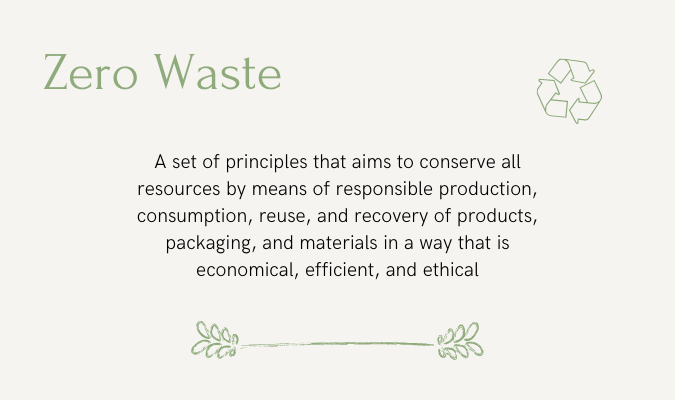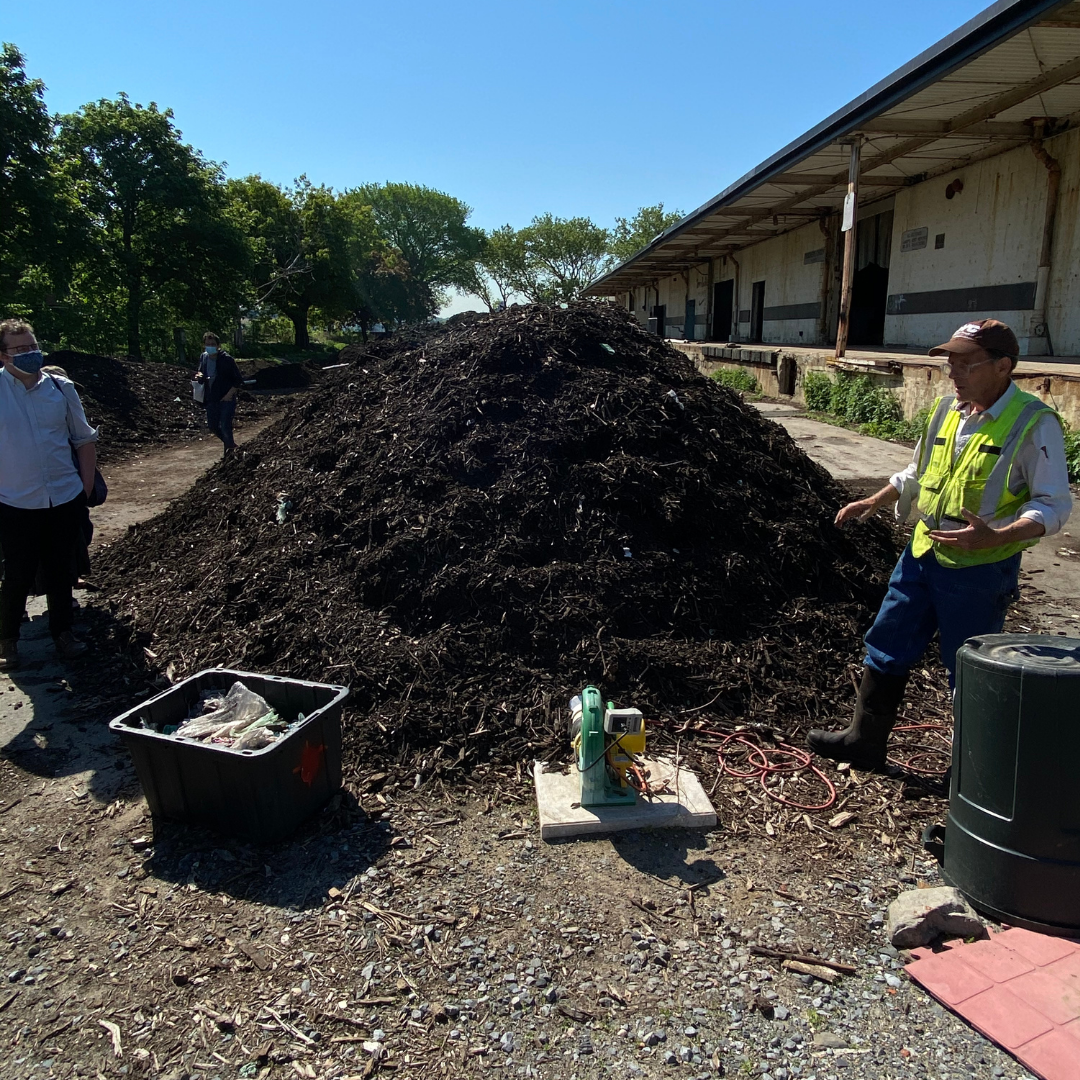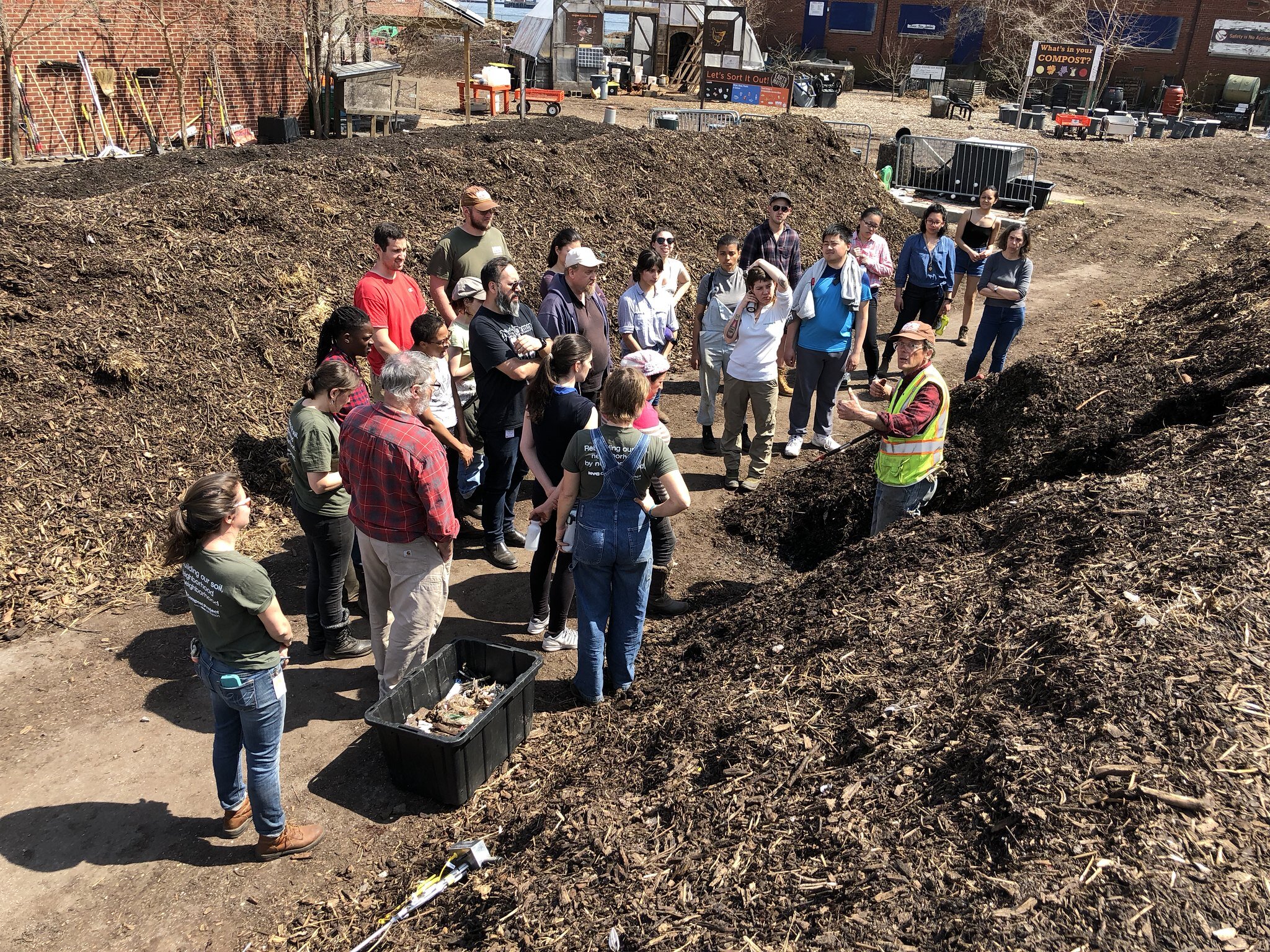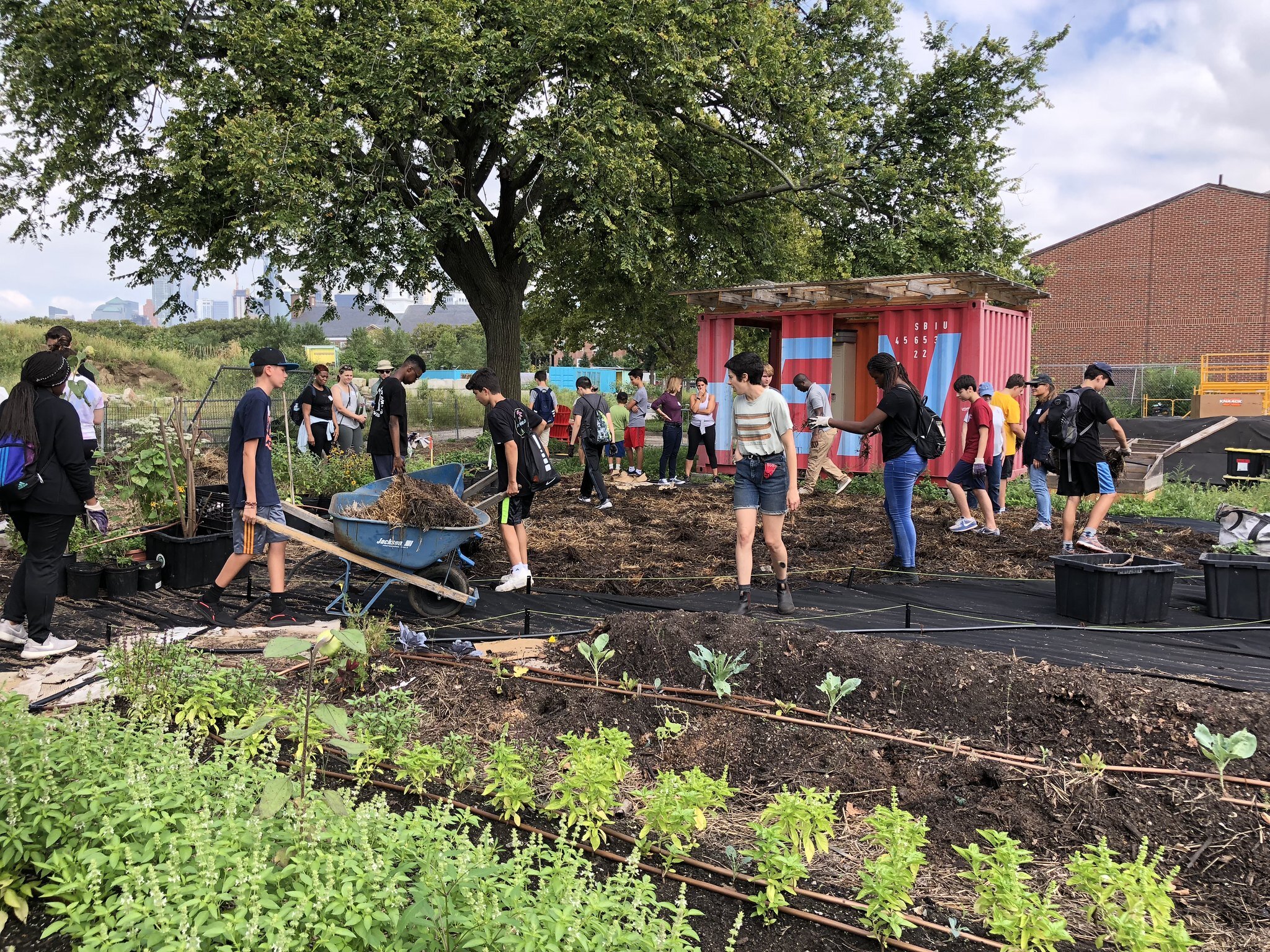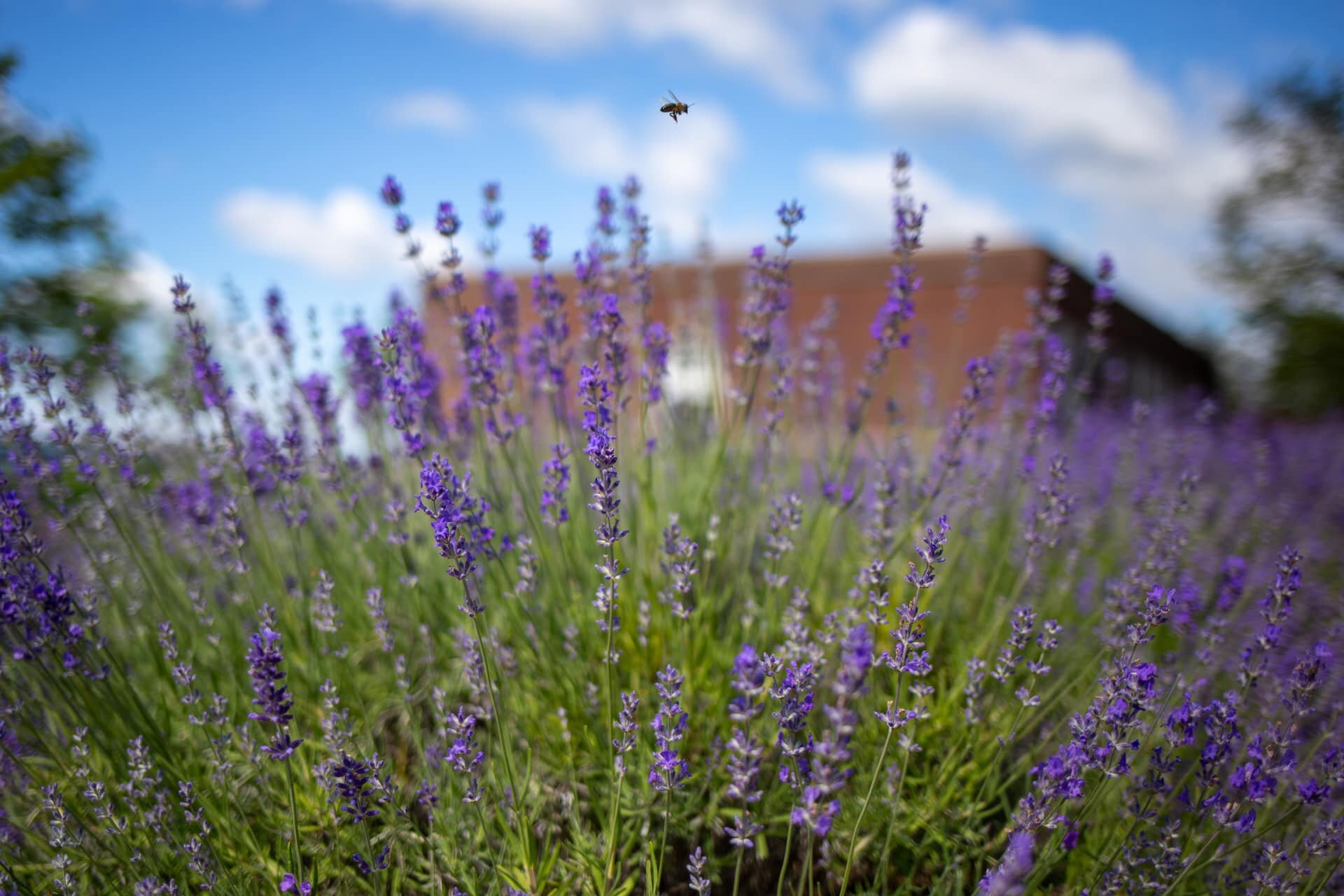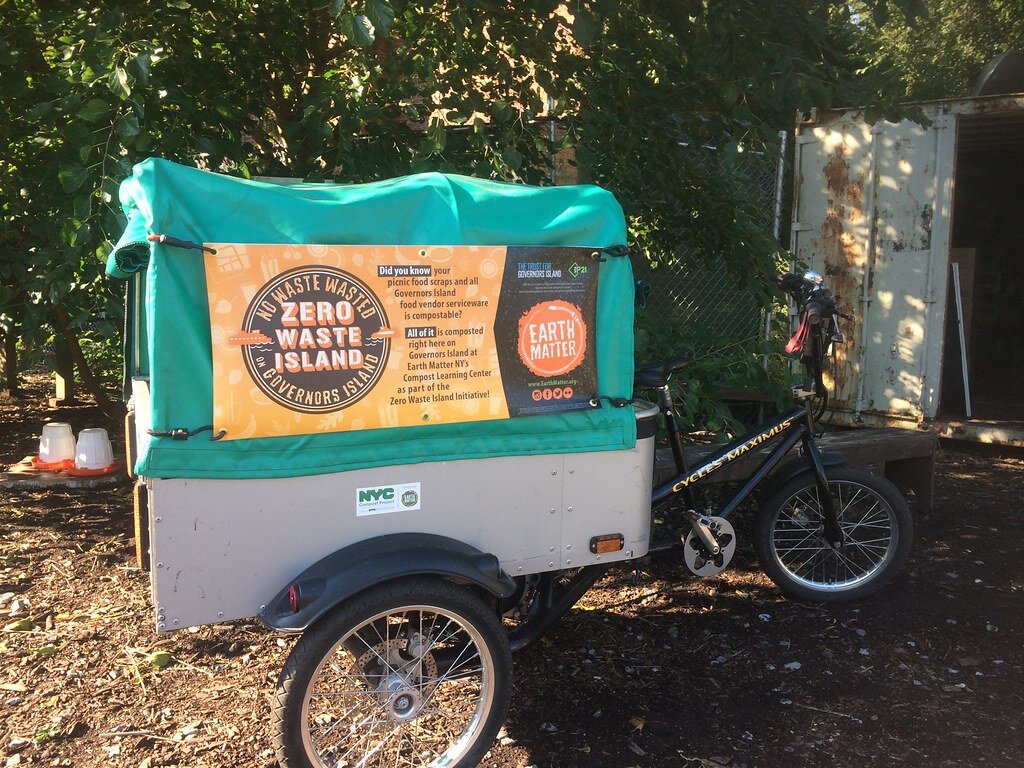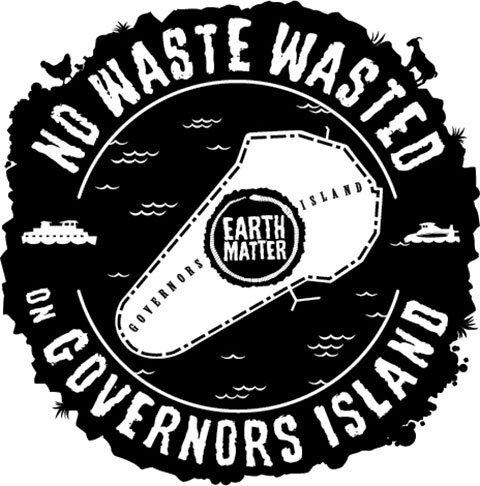Zero Waste Island
As a student of the Sanitation Foundation’s Zero Waste Academy (ZWA), I had the opportunity to attend a field trip to join Earth Matter NY for a tour of their NYC Compost Project operations at Governors Island, also known as Zero Waste Island.
Located just 800 yards from Lower Manhattan, and even closer to Brooklyn, the 172 acre space, and future home of the Center for Climate Solutions, feels like it’s worlds away from the hustle and bustle of the Big Apple. However, just like mainland NYC, the island is a source of encouragement, inspiration, and beauty.
Governors Island is a Zero Waste Island that has been redeveloped to withstand climate change, restore its ecosystem, provide much needed locally grown food, waste management services, education, arts and culture, recreation, and so much more. Governors Island is a model for how our society can use public space to serve its community in a countless number of ways which are economical, efficient, and ethical. There is so much to do and see on the island, but the reason I took the 8 minute ferry there and the reason I am writing about it now is simple: the Zero Waste Island is a model of what a closed-loop, zero-waste space can look like and how beautifully it can serve its community and the planet.
My Experience with Earth Matter
Earth Matter NY is a non-profit dedicated to advancing the art, science, and application of composting in and around NYC and just one of the incredible organizations that calls Governors Island home. We were welcomed to the island by Marisa DeDominicis, the executive director and cofounder of Earth Matter. On the way to the island’s compost site she told us about the history of the buildings we were passing, the topography and architecture of the landscape, and how her crew came to find their home on the island back in 2010. Once we arrived at the site we were greeted by the teams that manage the 4 different projects that Earth Matter oversees on the island.
NYC Compost Project
Through a partnership with the NYC’s Department of Sanitation (DSNY), Earth Matter accepts and processes between 15,000 and 16,000 lbs of food waste generated by NYC residents each week. On top of that, they also process all of the landscape and food waste generated on the island. Every year, they transform more than 1,340,000 lbs of organic material into valuable compost that otherwise would have been destined for the landfill. The compost creation process takes about 12-15 months (some compost blends take longer to make than others). Once complete, the compost is applied to greening initiatives both on and off the island. On the island it’s used by the National Park Service, programming partners in Nolan Park, GrowNYC’s Teaching Garden, and Earth Matter’s Soil Start Farm. Off the island it’s used by non-profit community gardens across the city.
Charlie, the team’s Operations Manager, gave us the low down on the aerated static pile and windrow system they use on site, showed us the different piles which are each in a different stage of the composting process, and showed us where the finished compost is brought so that it can be put into what (kinda) looks like a giant cheese grater where it can be shredded.
Soil Start Farm
The Soil Start Farm serves to emphasize the value of the finished compost which is used as a soil amendment. But obvi the farm doesn’t just have one purpose! That would be SO linear and lame.
Culture: The produce grown in the garden’s heritage beds represent nine cultures and their interconnectedness in the NYC cultural community: Black Southern, Chinese, European Jewish, First Nation, German, Italian, Japanese, LatinX, and Peruvian.
Donate: During the growing season, most of those delish ingredients are donated to the Catholic Worker Soup Kitchen community (whose kitchen scraps go right back to feeding the system that gave them the food!)
Sell: Food vendors on the island purchase ingredients from the Soil Start Farm so that visitors can enjoy food and drinks with ingredients that are local AF.
Experiment: Apprentices conduct growing experiments using a variety of compost soil blends and innovative urban farming techniques.
Lavender Field
In 2017, Earth Matter launched the only lavender field in NYC as a healing space for the community, the bees, and the Earth. While us humans will love the serene, deliciously fragrant oasis for the peaceful vibes (and Instagram photo ops), honeybees take joy in the lavender blooms which provide them much needed sustenance as they deal with climate change and a dwindling natural habitat. The lavender field is planted in soil enriched with the compost made right on the island. Unfortunately, our group didn’t have time to check it out but I can’t wait to head back sometime and harvest my own lavender!
Fun Fact: While we all know how the smell of lavender induces relaxation and eases stress, it also naturally deters mice, flies, mosquitoes and other pests!
Zero Waste Island (ZWI)
Our last stop with Earth Matter was with their ZWI team, led by Anita Chan. Earth Matter joined forces with The Trust for Governors Island to create Zero Waste Island, an initiative with the goal of bringing the amount of waste exported off the island down to zero. Zero Waste is an economical, efficient, and ethical approach where materials aren’t simply discarded after one type of use, but reused and recycled as efficiently as possible.
A big step in reducing the amount of waste created on the island was to make more of it compostable so it could be processed by the Earth Matter team. This was done by requiring all vendors and tenants to use only compostable serviceware, reduce their waste as much as possible, and source from sustainable resources. To support the island’s vendors and tenants in making this change, Earth Matter created a Compostable Serviceware Buyers’ Co-op Guide to make obtaining compostable serviceware easier, more efficient, and affordable for the Island’s vendors, tenants, and event producers to meet zero waste goals. The guide has been made PUBLIC for anyone and everyone to access and use as a resource for their own zero waste initiatives. AHEM @allfoodmarketsontheplanet.
Carefully Curated Community
Earth Matter NY is far from the only operation on the island that’s providing ecological services, learning experiences, and activities. The stewards of Governors Island carefully curated environmentally and socially responsible organizations that would help realize the full potential of the island’s extraordinary open space, history, and arts and culture along with the public’s desire for a hub of environmental consciousness and action.
GrowNYC’s Urban Teaching Garden: GrowNYC manages a hands-on environmental education experience in their 21,000 sq. ft. working urban farm. Visitors can learn all about urban agriculture and green infrastructure through workshops and family-friendly activities. The teaching garden features 20 vegetable beds, an aquaponics system, outdoor kitchen, large solar oven, high tunnel greenhouse, fruit trees, several rainwater harvesting systems, a rain garden and more. Instead of closing the doors to the garden during the pandemic, GrowNYC worked fervently to increase their food production so they could distribute over 12,000 lbs of food to New Yorkers in need. The pandemic showed us how fragile our supply chain system and food supply is in America. GrowNYC’s garden is more than just a garden for New Yorkers: it’s a story of resilience and independence — Something every community could benefit from.
Urban Assembly New York Harbor School: This NYC public school provides its 550 students with hands-on education built upon the maritime experience that instills the ethics of environmental stewardship and the skills associated with careers on the water. The school offers seven specialized career and technical tracks, like Ocean Engineering and Marine Policy & Advocacy, along with traditional areas of study. While the school isn’t open to non-students, it serves as another example of how well the island serves the public.
Billion Dollar Oyster Project: In the early 1800’s, oysters from the New York Harbor were a major part of the local diet and economy, but by 1907 the entire harbor was nearly lifeless due to mass pollution and over-harvesting. It wasn’t until 2000 that aquatic life finally began to return to the harbor. When NY lost its oyster population, they didn’t just lose a fab appetizer — Oysters are ecosystem engineers. A single adult oyster can filter up to 50 gallons of water a day! Oyster reefs foster biodiversity and are a natural storm barrier, which is incredibly important as we face more extreme weather patterns and a rising sea. The entire ecosystem suffered in their absence.
Billion Oyster Project was founded in 2014 by two staff from the Urban Assembly school who envisioned a healthy, biodiverse New York Harbor — and who shared the belief that restoration without education is temporary. The two realized that when students are given real responsibility, like helping to restore a degraded New York Harbor, they rise to the occasion with great enthusiasm.
Since 2014, the organization has restored 47 MILLION live oysters, collected 1.6 MILLION lbs of shells, and engaged 8,000 NYC students, 10,000 volunteers, and 75 restaurant partners. Thanks to the Billion Oyster Project and their collaborators, there are 13 active reefs over 7 acres in New York Harbor! Their public education hub offers visitors the chance to learn about the organization’s work and get involved in oyster restoration through hands-on volunteer opportunities. I highly recommend checking out their website to learn more!
SWALE: Swale is provocative public artwork and a floating food forest built atop a 5,000 sq. ft barge that docks at piers throughout NYC and welcomes visitors to forage fruits and veggies for free. 70% of the energy needed to power the barge is generated by 5 solar panels and 1,375 gallons of rain and river water that’s filtered and purified onboard. The food forest at Concrete Plant Park in the Bronx, one of the largest food deserts in the U.S. In 2018, the organization began offering programming on Governors Island at the Swale Lab with weekend events that focused on ecological reparation, remediation, and regeneration.
Since 2016, Swale has hosted 205,000 visitors, over 800 guided tours, 75 school field trips, 50 free public programs and 38 summer youth employees and is on track to do so much more! Currently the organization is building a land-based food forest on Governors Island that will include perennial pollinator gardens, soil remediation sites, apothecary and dye gardens, and a swale and berm with Services for the Underserved. The food forest is set to open in late Spring 2021 and I can’t wait to check it out!
In addition to these incredible residents, Governors Island is home to over 25 arts, culture and education organizations who have set up shop on Governors Island in the historic homes once occupied by members of the U.S. Army and Coast Guard. The organizations utilize their spaces to present a robust slate of fascinating and timely programs, host artist residencies, and engage visitors of all ages in unique activities. These ongoing programs include indoor and outdoor exhibitions, installations and interactive exhibits. Below are a few of the organizations that help the public engage more intimately with our ecosystem and the changing climate:
NYU-Gallatin Wetlab is an experimental art-science laboratory for students, artists, and researchers to create, develop, and display collaborative projects across the environmental arts and sciences. WetLab will host the Urban Greening Lab’s urban biology field station, an artist residency, public lectures, and an exhibition that displays findings and works from from their art-science collab with students from NYU-Gallatin and the Harbor School.
NYC Audubon is a grassroots community that uses engaging programs and innovative conservation campaigns to protect wild birds and their habitats across NYC. Without birds entire ecosystems get thrown off balance. They pollinate plants, disperse seeds, recycle nutrients back into the Earth, and other less sexy ecological services.
Towards the end of our field trip we had the pleasure of meeting with Sarah Krautheim, the VP of Public Affairs of the Truth for Governors Island. Sarah told us a bit about NYC Audubon’s presence on the island and explained that when the island was finally formally “returned” to New York in the early 2000’s there were only THREE bird species! Thanks to the regeneration of the island’s ecosystem there are now over 220 bird species known to be on the island! Check out NYC Audubon's residence on the island to chat with experts about birds, borrow binoculars (for free), and get some tips on where to spot the various bird species!
LMCC Arts Center presents exhibitions with themes of ecology, equity, sustainability, and resilience. For the 2021 season, presentations will push viewers to exame the fixity of our world, prompting us to question our social, environmental, and personal structures of justice and our understandings of what sustainability truly is. Tickets to attend exhibits and enjoy the public programming are free but must be reserved in advance. Check out the deets on the exhibits and programs happening this summer and reserve your tickets here.
Works on Water offers open studios, performances, monthly conversations and other exhibitions of work in progress that their community of artists, scientists, and policy makers create to share with the world to bring awareness and art to the topic of water. NYC has 560 miles of coastline and can be called the “sixth borough”. It is important to draw dialogue and appreciation for our water and understand how urgent the issues of urban density, climate change, and other ecological actions have impacted the water, and therefore the entire city.
The New York Virtual Volcano Observatory (NYVVO) on Governors Island recreates the experience of exploring a volcano through virtual reality experiences, a volcano sound gallery, guest speakers and kid-friendly activities. Think volcanologists x geologists x and artists. SUPER COOL. You can even touch volcanic rock (lava from New Jersey!) and examine rock crystals under a microscope.
Whether or not you are able to visit Governors Island, I believe you can be inspired by it.


